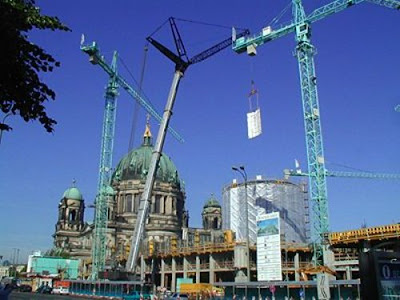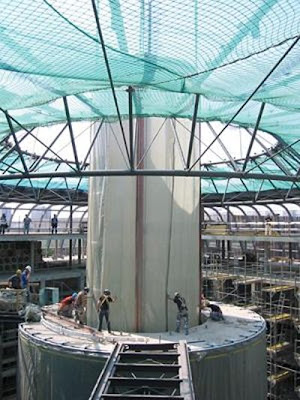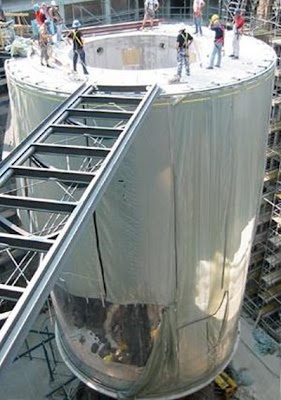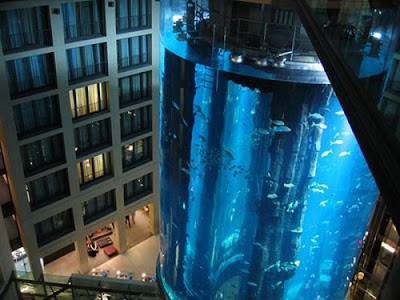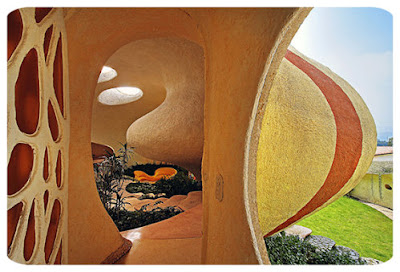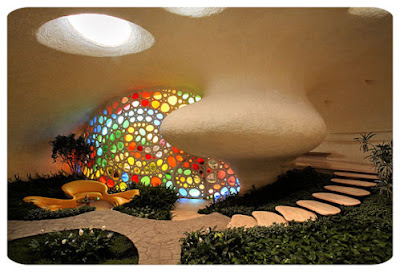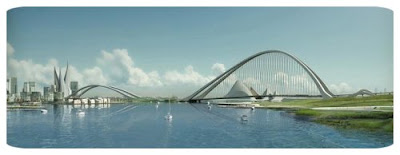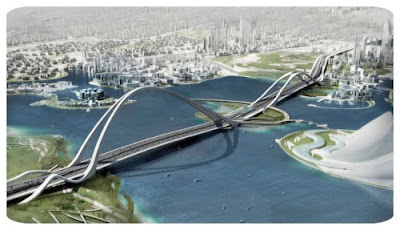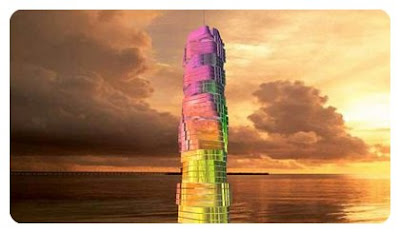World’s Highest Escalator
Monday, June 30, 2008
12:44 PM
Labels: buildings , creative creation , extream engineering , 0 comments
Labels: buildings , creative creation , extream engineering , 0 comments

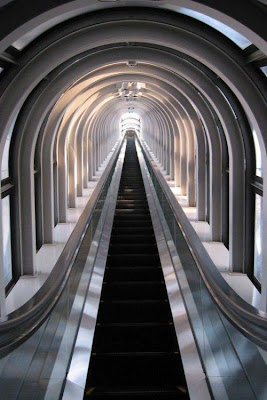
The Umeda Sky Building is the seventh-tallest building in Osaka City, Japan, and one of the city’s most recognizable landmarks. It consists of two 40-story towers that connect at their two uppermost stories, with bridges and an escalator crossing the wide atrium-like space in the center. The escalater ride is an event in itself as it feels like you are floating up into the sky. This is a cheap way to see the city, less than 10 USD to go up to the observation area.
Located in the Umeda district of Kita-ku, the building was originally conceived in 1988 as the “City of Air” project, which planned to create four interconnected towers in northern Osaka. Eventually, practical considerations brought the number of towers down to two.

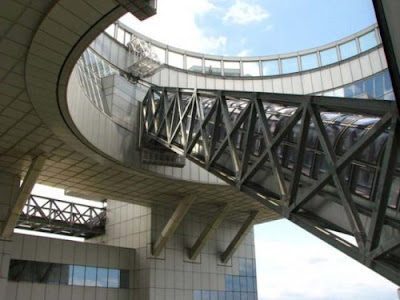






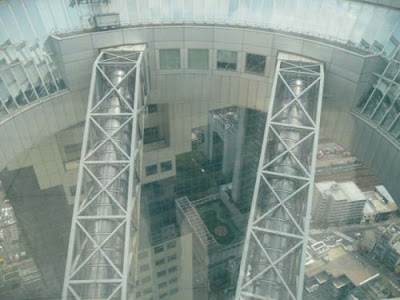
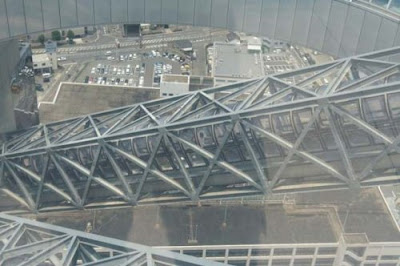


 RSS Feed
RSS Feed Twitter
Twitter

